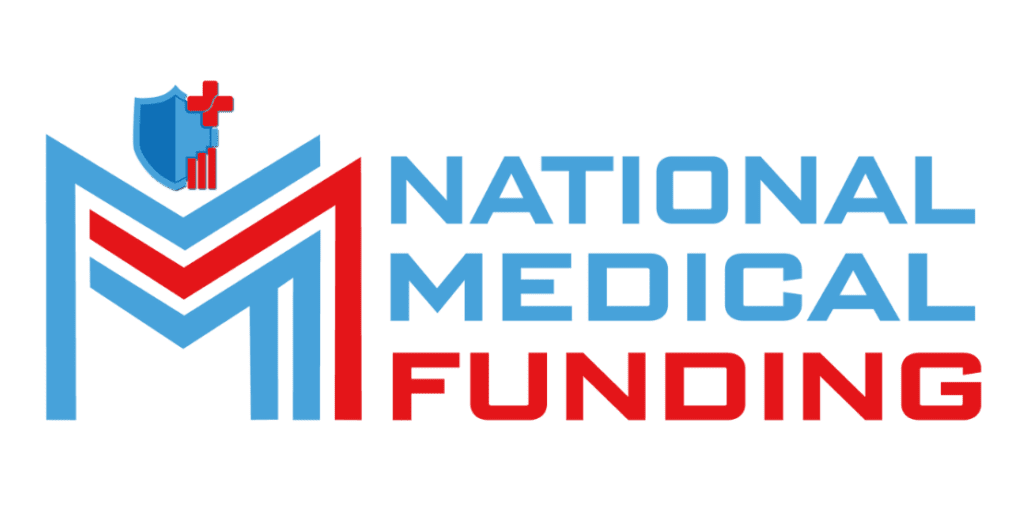
A Guide to Healthcare Equipment Financing: Ho
Running a medical practice requires advanced equipment ...

Saturday and Sunday – CLOSED
support@nationalmedicalfunding.com



Are you a healthcare worker facing unexpected financial challenges? With the demands and stresses of your profession, it’s important to know there are financial solutions designed specifically for you. Hardship loans for healthcare workers can provide fast, flexible access to funds so you can focus on what matters most—caring for patients.
In this comprehensive guide, we’ll explore everything you need to know about hardship loans for healthcare professionals, including eligibility, types of loans available, how to apply, and how these loans can help you maintain financial stability during tough times.
Hardship loans are specialized financial products designed to help individuals experiencing unexpected financial difficulties. For healthcare workers, these loans are tailored to address the unique challenges of the medical profession, such as fluctuating work hours, unexpected expenses, or income disruptions.
Unlike traditional loans, hardship loans often come with flexible terms, faster approvals, and options for deferment or lower payments during your recovery period.
Healthcare professionals face numerous financial pressures, especially during challenging times like a pandemic or personal emergencies. Some reasons why healthcare workers may seek hardship loans include:
Even with steady employment, the nature of healthcare work means unexpected costs can arise. Accessing loans fast can help bridge these gaps without disrupting your financial health.
Understanding your loan options is crucial. Here are some common types of hardship loans suited for healthcare workers:
Choosing the right loan depends on your situation, repayment ability, and the amount you need.

While qualification criteria vary, here are common requirements to keep in mind:
If you run a medical practice, medical practice loans may also require business financial statements and tax returns.
Hardship loans offer several advantages for healthcare workers in need:
Learn more about financing options in healthcare in Top Healthcare Financing Trends with National Medical Funding.
Healthcare workers typically use hardship loan funds for:
Whatever the need, hardship loans can provide a financial cushion to reduce stress.
Step 1: Assess Your Financial Need
Determine how much money you need and your repayment ability. Use budgeting tools or consult financial advisors.
Step 2: Research Lenders
Look for lenders offering hardship loans tailored to healthcare professionals. Check reviews and terms carefully.
Step 3: Gather Documentation
Prepare identification, proof of healthcare employment, income verification, and any documents related to your hardship.
Step 4: Complete Application
Apply online or in person. Many lenders offer quick application processes with fast approvals.
Step 5: Review Loan Terms
Carefully read repayment terms, interest rates, fees, and penalties.
Step 6: Accept and Receive Funds
Once approved, funds are often disbursed within a few days.
For healthcare providers managing larger financial needs, Start a Medical Practice in 2025 with National Medical Funding offers great insights.

Responsible loan management ensures long-term financial health and creditworthiness.
If hardship loans are not a fit, consider:
For creative financing ideas, see Beyond the Loan: Creative Financing Strategies Fueling Medical Innovations in 2025.

Q1: How fast can I get a hardship loan?
Many lenders offer approvals within 24-72 hours and fund disbursement shortly after.
Q2: Are hardship loans secured or unsecured?
Most are unsecured, meaning no collateral is needed.
Q3: Will a hardship loan affect my credit score?
Timely repayments can help build credit; missed payments may hurt it.
Q4: Can I use hardship loans for business expenses?
Yes, medical practice loans are designed for such uses.
Hardship loans provide vital financial support to healthcare workers facing tough times. Whether for personal or practice-related needs, they offer fast, flexible, and accessible funds to keep your finances on track.
Explore more healthcare financing options and tools at National Medical Funding, including loans fast, quick loans, and medical practice loans designed to empower healthcare providers.
Ready to get started? Check out How to Use National Health Finance Programs to Expand Your Practice for expert guidance.
Loan Type | Typical Amount | Interest Rate Range | Repayment Terms | Best For |
Personal Hardship Loan | $1,000-$50,000 | 6% – 20% | 6 months – 5 years | Urgent personal expenses |
Medical Practice Loan | $10,000-$500,000 | 4% – 15% | 1 – 10 years | Clinic expansion, equipment |
Paycheck Advance Loan | Up to $2,000 | 10% – 30% | Weeks to 3 months | Short-term cash flow needs |
Emergency Loan | Varies | Often low or 0% | Flexible | Specific emergency purposes |
Tip | Explanation |
Verify lender credentials | Use licensed and reputable lenders only |
Understand the terms | Review interest rates, fees, and penalties |
Provide accurate information | Avoid delays and rejections |
Prepare documentation early | Speeds up the application process |
Ask about deferment options | Helpful if you expect future financial strain |
Running a medical practice requires advanced equipment ...
Medical practices play a crucial role in society by pro...

Fuel your medical practice’s growth with financial solutions tailored to your needs. We’re here to support independent practitioners and group practices with strategies built for success.
Mon Fri: 8:00am – 6:00pm
Saturday: Closed
Sunday: Closed
Copyright © 2025 National Medical Funding